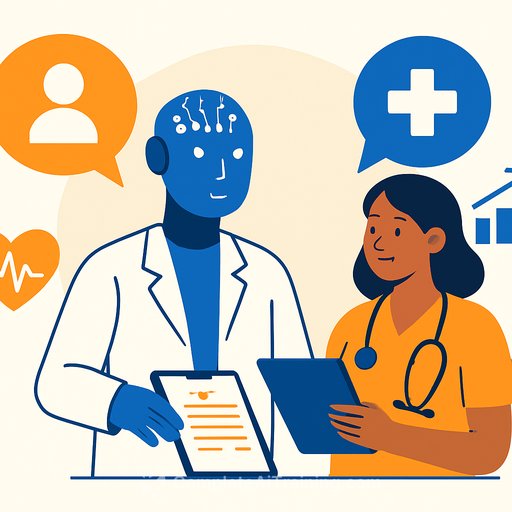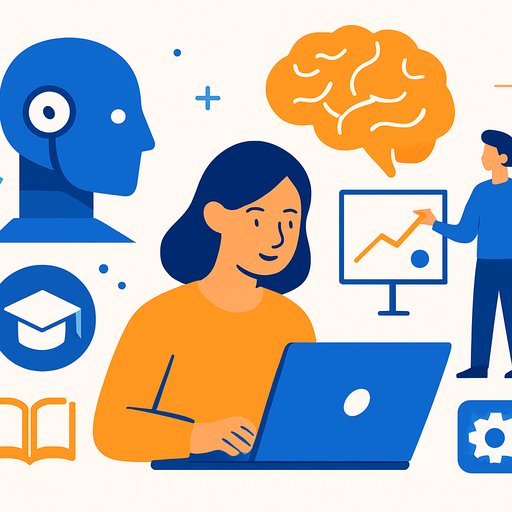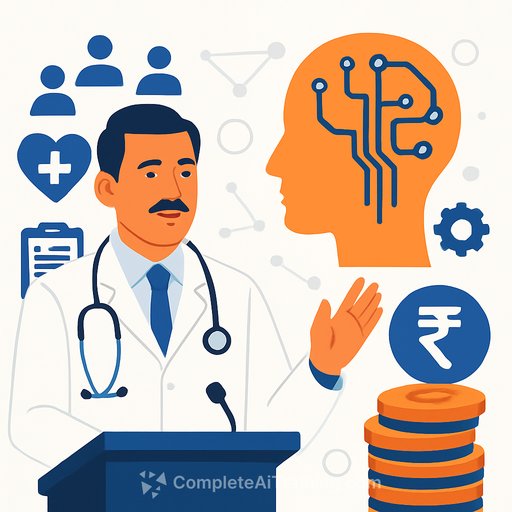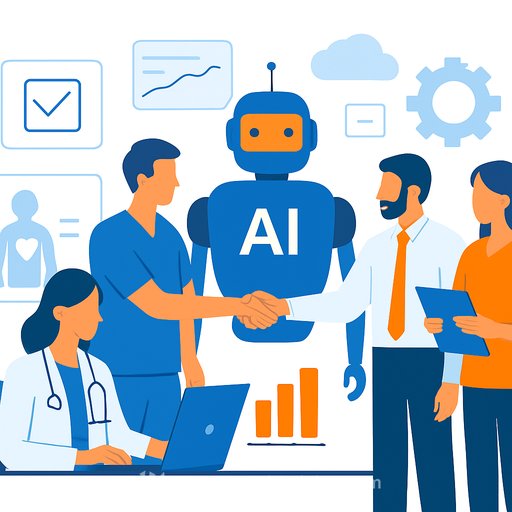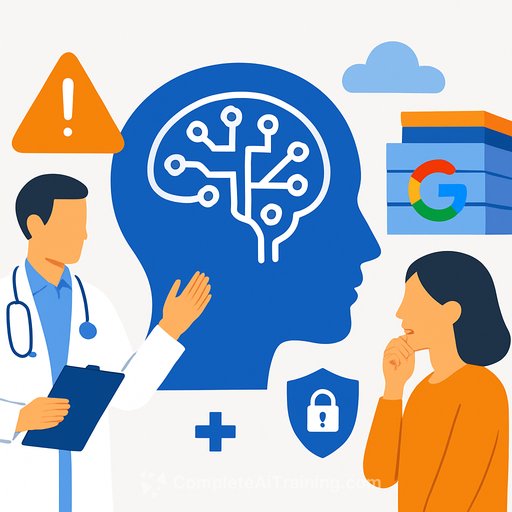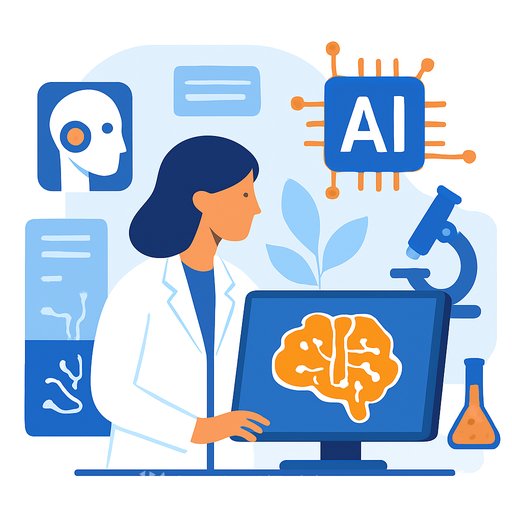AI's growing role in health care sits at the center of ASU's 2025 summit
Artificial intelligence is now part of clinical work, operations and the business of health. At Arizona State University's fourth annual Arizona Business and Health Summit, leaders from medicine, academia and industry made one thing clear: both AI and health care are pushing each other forward.
"AI is challenging health care, and health care is challenging AI," said Eugene Schneller, professor of supply chain management at ASU's W. P. Carey School of Business and a co-organizer of the summit. "We're at the very beginning of understanding where AI impacts health care. It affects the clinician, the patient and the organization."
Why AI took center stage
Ohad Kadan, Charles J. Robel Dean and W. P. Carey Distinguished Chair in Business, noted that AI now runs through the school's research, curriculum and operations - from finance and accounting to marketing and supply chain. "So AI is everywhere in what we do, and our leadership in this area is reflected in the theme of this conference," he said.
The summit drew more than 100 attendees for panels, breakout sessions and a closing discussion. A core thread across the day: "responsible AI" - clear governance, transparent models and trustworthy data.
From copilot to agentic AI
Schneller described a shift from AI as a "copilot" to more autonomous, agent-like systems. That raises practical questions about how work is divided among clinicians, nurses and administrators.
"Health care has always had a division of labor," he said. "So where does AI fit in, and how does it change that structure? As AI becomes more capable, how does it affect the autonomy of people in the organization?"
Jobs, skills and the new clinical workflow
Keynote speaker Susan Feng Lu shared research showing entry-level job postings have dropped in occupations most exposed to generative AI. "These patterns prompt us to think about the future of work, especially in health care," said Lu, a professor at the University of Toronto.
She expects clinicians will shift from AI users to AI supervisors - overseeing algorithms, managing safety and maintaining accountability. "Integrating AI into existing health care systems is complex and often takes one to two years to fully implement," she said. "It requires substantial changes to organizational structure, culture and incentives."
Outcomes first: data with purpose
Sherine Gabriel, executive vice president of ASU Health, underscored a mission that is "intentional, data-driven and outcomes-focused." She pointed to persistent gaps in U.S. performance across metrics such as maternal mortality and preventable deaths.
For context, national data on maternal mortality from the CDC shows the urgency. Gabriel highlighted health literacy, workforce growth and partnerships as the levers, with geospatial data and predictive modeling guiding interventions and measurement.
What AI can take off clinicians' plates
At the clinic level, Priya Radhakrishnan sees clear wins. "A large portion of primary care is gatekeeping - referrals, prior authorizations, routine stuff that consumes a physician's time," said Radhakrishnan, vice dean of clinical affairs and graduate medical education in ASU's John Shufeldt School of Medicine and Medical Engineering.
"Many of those tasks don't require physician judgment and could be automated, freeing clinicians for high-value work." The idea: let algorithms handle repeatable steps while humans handle complex decisions and empathy-driven care.
Trust is the real constraint
Maria Manriquez, a professor at the University of Arizona College of Medicine, spoke to the trust gap. "The pandemic opened many issues, and the changing information gave everyone whiplash," she said.
Her take: "We must build trust - and we need to think algorithmically about reaching people. Our social feeds shape what people see, and we need strategies to infiltrate those channels constructively."
Supply chains, policy shifts and "human-in-the-loop"
Outside the hospital walls, AI is reshaping the supply chain that keeps care moving. "A big megatrend right now is a shift from free trade to 'friend-shoring' or strategic trade," said Dan Hopkins, senior vice president at Resilinc. "Washington is trying to pivot supply chains away from China toward friendly nations."
He added that manufacturing and health supply chains share the same headaches: fragmented workflows, messy data and high-stakes calls. "AI is mainly used to surface insights so a human-in-the-loop can act. It helps humans act faster and smarter."
Bindiya Vakil, CEO of Assio 3D, described how 3D printing and AI are changing supply chain management end to end. "AI can take pre-authorized actions based on predefined rules so teams don't have to be awake when something happens halfway around the world. AI never sleeps."
Responsible AI: put guardrails in early
Speakers repeatedly returned to governance, transparency and bias controls as non-negotiables. For teams building or buying AI, the NIST AI Risk Management Framework offers a practical starting point for policies, testing and monitoring.
What leaders, clinicians and educators can do now
- Leaders: Define a clear AI charter tied to outcomes. Fund data quality and access first. Stand up a cross-functional AI review board with clinical, legal and IT voices.
- Clinicians: Pilot AI on administrative tasks (referrals, prior auths, documentation) with human review. Track time saved and reallocate to patient care.
- Educators: Teach AI literacy: limitations, bias, safety, prompt design and oversight. Build simulations where students audit and correct model outputs.
- Operations and supply chain: Start with high-frequency alerts and exception handling. Use human-in-the-loop workflows before automating pre-approved actions.
- Trust and communication: Create patient-facing explainers for any AI-supported service. Monitor questions on social channels and address them proactively.
- Implementation: Plan for 12-24 months. Budget for change management, workflow redesign and training - not just software.
Skill up your team
If you're building practical AI skills across roles, explore role-based paths and current course lists:
Bottom line: AI is here, but value comes from people - the clinicians, educators and operators who set the rules, supervise the models and earn patient trust. Start small, measure honestly and build the guardrails early.
Your membership also unlocks:

